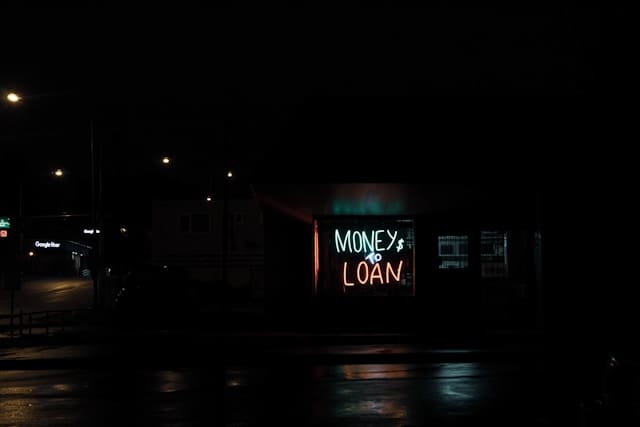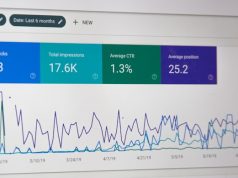
Credit is more than just a number—it’s a reflection of how much trust lenders, landlords, and even employers place in you. When you have bad credit or no credit at all, the cost of living can quietly rise in ways that many people don’t notice until they feel the strain. Higher interest rates, stricter terms, and limited opportunities can all add up quickly. Even small things like the loan grace period definition—which explains the time you have before interest kicks in on some loans—take on extra weight when your credit isn’t strong. Without good credit, those short grace periods can make a big difference in how expensive borrowing becomes.
The Real Price of Borrowing
One of the biggest costs of poor or no credit shows up when you borrow money. Banks and lenders are in the business of taking risks, and if your credit history suggests that you’re a higher risk, they’ll protect themselves by charging more. That means higher interest rates on everything from car loans to personal loans. Over time, even a few extra percentage points in interest can translate into thousands of dollars in lost savings. A car that might cost someone with good credit $20,000 could end up costing you $25,000 or more once interest is factored in.
Credit Cards and Their Hidden Costs
Credit cards are another area where the difference between good and bad credit becomes crystal clear. People with solid credit scores often qualify for cards with lower interest rates, cashback rewards, or even travel perks. On the other hand, those with poor or no credit may only qualify for high-interest cards with fewer benefits. This makes it harder to pay off balances and easier to fall into debt traps. It’s not just about having access to credit but also about the quality of the credit you receive.
The Housing Hurdle
Renting a home or apartment can also be more expensive when your credit is weak. Landlords often run credit checks to gauge whether you’re likely to pay on time. If your credit history raises red flags, you may be asked to pay a larger security deposit or even have a co-signer. In competitive rental markets, bad credit can sometimes disqualify you altogether. For those looking to buy a home, the stakes are even higher. Mortgage lenders often reserve the best rates for people with good credit, which means that someone with poor credit could end up paying hundreds of dollars more each month for the same house.
Utilities and Everyday Expenses
Even services that feel like basic necessities—such as electricity, water, or internet—can cost more with poor or no credit. Many utility companies require deposits from customers they view as risky. While it may not seem like a big deal at first, these deposits tie up cash that could otherwise be used for savings or emergencies. It’s another example of how everyday life gets pricier when your credit is not in good shape.
Insurance Rates and Employment Opportunities
Credit can even sneak into areas you wouldn’t expect, such as insurance and employment. Some insurance companies use credit scores as part of their formula for setting premiums. That means drivers with bad credit may end up paying more for car insurance than those with excellent credit, regardless of their driving record. Similarly, certain employers run credit checks before making hiring decisions. While not every job requires one, industries like finance and government often do. Having poor credit could mean missing out on opportunities that might improve your financial future.
The Psychological Toll
Beyond the numbers, there’s also an emotional cost to bad or no credit. Constantly worrying about getting approved for loans, struggling with higher payments, or being denied opportunities can weigh heavily on your mental well-being. This stress can spill over into relationships, work performance, and overall quality of life. The financial strain becomes more than just dollars—it can erode your confidence and sense of stability.
Steps Toward Recovery
The good news is that bad or no credit is not a life sentence. By making consistent payments, keeping balances low, and gradually building a positive history, you can improve your credit over time. Secured credit cards, credit-builder loans, and careful budgeting are tools that can help. Understanding how credit works and how small decisions today affect your financial tomorrow is key. The journey takes patience, but the payoff—lower interest rates, better housing options, and increased financial freedom—is worth the effort.
Final Thoughts
The cost of bad or no credit extends far beyond interest rates. It influences nearly every corner of financial life, from the price of borrowing to the security deposit on an apartment. It even touches on career and emotional well-being. While it may feel overwhelming at times, the important thing to remember is that change is always possible. By taking proactive steps to build or repair your credit, you not only save money but also open doors to new opportunities and greater peace of mind. A well-managed credit profile is more than a number—it’s a tool for creating the life you want.






